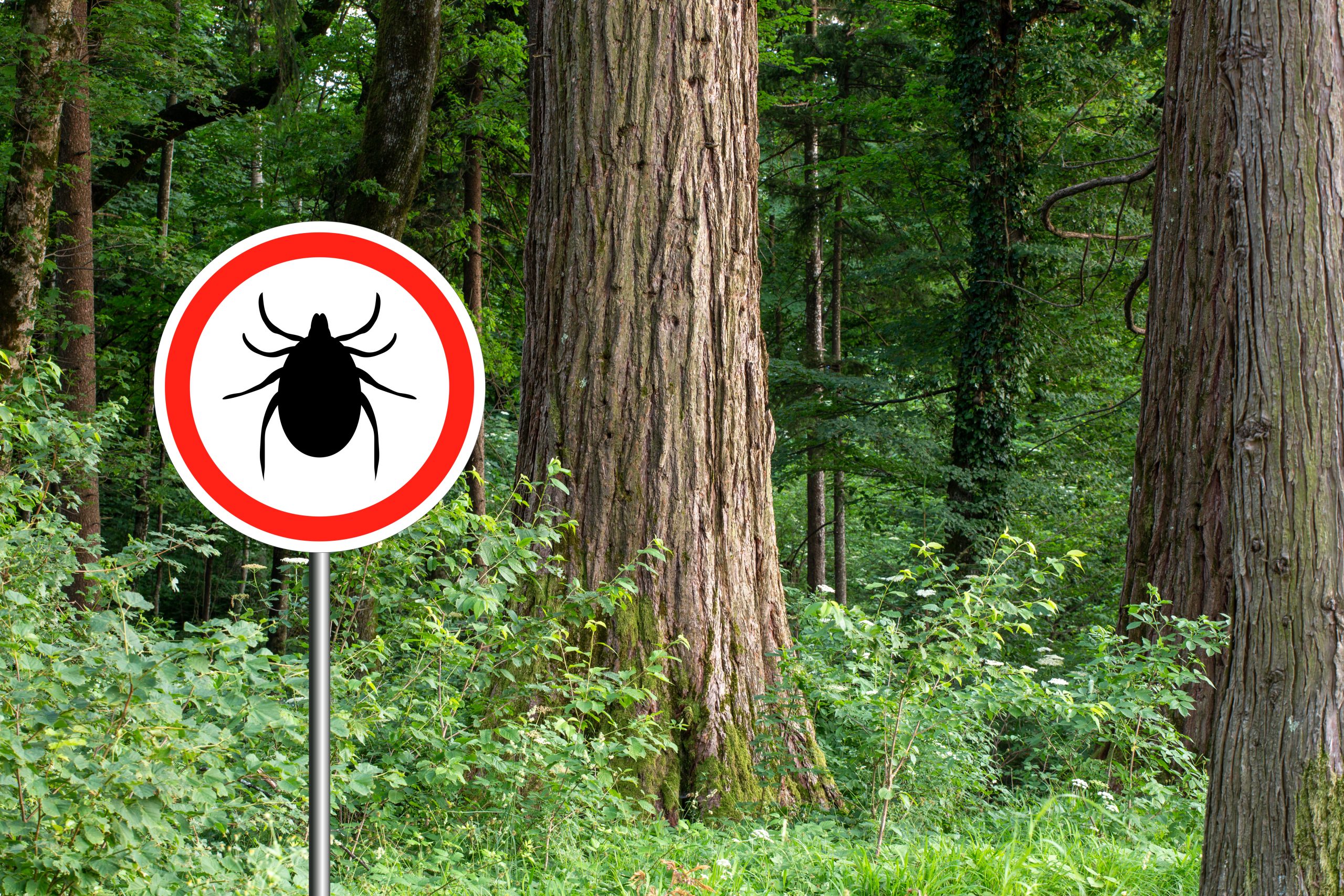What to do if you find a tick on you, how to recognize a tick bite and more.
As we enjoy the outdoors this summer, we should remember that we are not the only ones taking advantage of the warm weather. Warmer and longer summers mean a longer tick season. Health officials are warning of a particularly bad year for ticks, and the Centers for Disease Control and Prevention (CDC) reported earlier this year that cases of tick-borne diseases are on the rise.
The best way to avoid a tick-borne disease is to avoid being bitten by a tick.
Here’s what you need to know to protect yourself from ticks and what to do if you’re bitten.
How to protect yourself from ticks?
A key factor is to wear the right clothes.
For example, if you are walking through tall grass, in parks or forested areas, wear long pants and long-sleeved shirts, and tuck your pants into your socks so that ticks cannot touch your skin, then check your clothes and skin for ticks when you come back. When checking yourself, be sure to pay attention around your ankles or feet. If you’ve been out for a few hours or are getting checked after a few days, they could migrate anywhere, so have a friend or family member help you check your back and hairline.
What to do if you find a tick on yourself?
The tick should be removed immediately! But the entire organism must be removed. Your doctor or urgent care team can help you get this bug off your skin safely!
Avoid removing it yourself!
Never let the tick break (leave any part of its body in your skin), grab the tick by the middle, or push its contents back into your body, doctors recommend. Also, never use petroleum jelly or matches or any item mentioned in old myths to remove a tick.
How do you know you’ve been bitten by a tick?
Unfortunately, there is no way to easily distinguish a tick bite from another animal bite, such as a spider or mosquito bite. The only way you really know if you’ve been bitten by a tick is if you find the tick embedded in you while it’s biting you.
They settle down to feed on blood, and the adults stay for a day or two before fully molting, so many people find the tick before it falls off.
A tick bite is usually a red raised bump like the nasty sting of a mosquito bite. If there is a rash, you have developed an infection and go to the nearest medical facility immediately for care.
What should you do if you are bitten by a tick or suspect a tick-borne disease?
Symptoms of the tick-borne disease include fever, headaches, joint pain and rashes.
If you develop a fever, malaise or rash after being in an area where ticks are active, it is recommended that you be seen by your doctor immediately.
You can be tested for tick-borne diseases, tests detect antibodies, or the presence of tick-borne bacteria. If you find a piled up tick on your body that has obviously been there for a while, you are at greater risk for disease. You must see a doctor right away who can help prevent Lyme disease from developing.
What is Lyme disease?
Lyme disease is a multisystem disease that has a subacute and chronic course, and is caused by the bacterium Borrelia burgdorferi, which is transmitted by the tick to the host through its bite. This disease primarily affects the skin, followed by the heart, joints and central nervous system. Lyme disease is manifested by the appearance of local swelling and redness at the site of the sting and in the surrounding area, 3-32 days after the incident.
Local redness is warm and usually not painful. In 50% of patients, identical changes may occur in other parts of the body, and in 15% of patients, skin changes may not occur. In addition to skin changes, elevated temperature, fever, malaise, headache and enlargement of regional lymph nodes may also occur.
If the disease is not recognized and treated, after 6-8 weeks the second stage of the disease develops, which is characterized by neurological symptoms, joint pain and cardiac symptoms.
The third stage occurs in untreated persons who develop permanent damage to the affected organs after ten months or more.
In the microbiology laboratory at Avicenna Laboratory, its portfolio of tests includes a highly specific, indirect immunofluorescence test for the detection of IgG and IgM antibodies to Borrelia Burgdorferi sensu lato from serum (blood).
Sample required: blood
The examination should be done 1-8 weeks after a tick bite.
Price: 1500 denars
From now on, a test for molecular detection of Borrelia Burgdorferi sensu lato complex with real-time PCR through blood, which can directly prove the presence of the bacterium Borrelia burgdorferi. The results are issued in 1 day.
Sample: blood
Price: 1950 MKD

